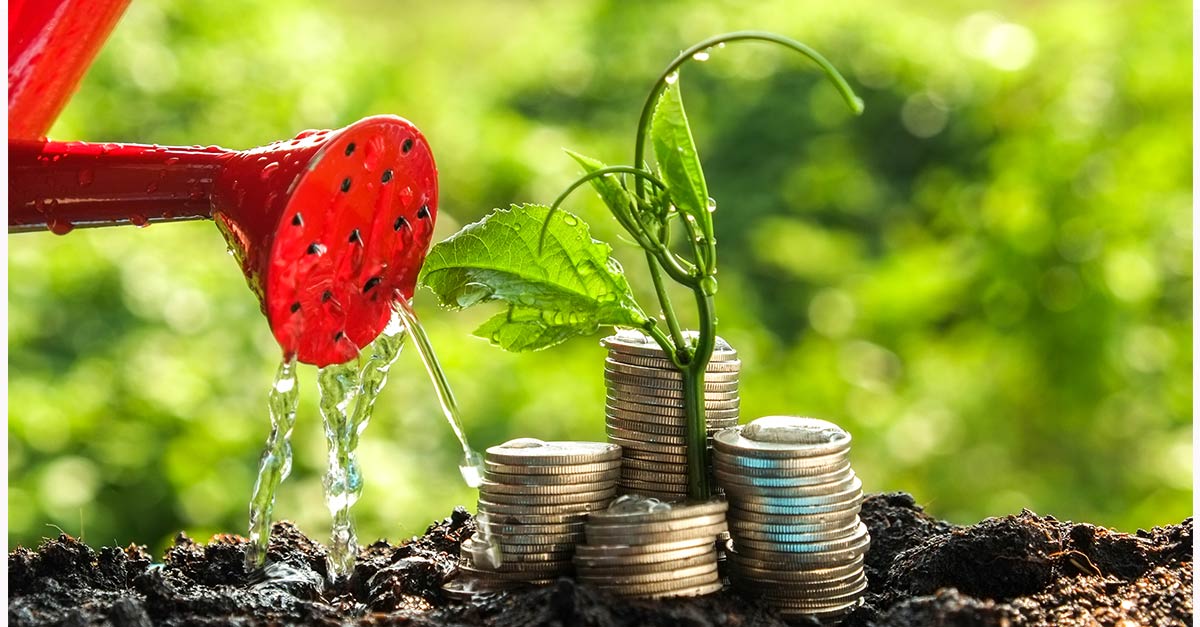In June 2017, ISSA announced that 20 of its members involved in the Association’s Distributor Efficiency Analytics & Learning (deal) program had collectively achieved US$400,000 in savings.
This is an average of $20,000 saved per company, which was achieved by adopting sustainability initiatives. For many distributors, these savings were slightly surprising. They assumed, as do many other business owners and building managers, that sustainability initiatives contribute to added costs, not added savings.
While many steps were taken to achieve these savings, the overall process was quite simple. Ultimately, it was all the result of operating their businesses more efficiently, a key word associated with sustainability.
For example, installing energy-saving light fixtures that provide the same amount of light—if not more light—than traditional fixtures, while using less energy, is an example of increased efficiency. In other words, the same results are achieved while consuming less resources.
There are several building service contractors and facility management professionals can take to operate their organizations more efficiently just like the distributors referred to here. Among those steps are the following:
Commit
Commitment to sustainability must start at the top. When it comes to sustainability, top administrators must play a leadership role and commit to the endeavor’s success.
Write it Down
Writing down sustainability policies leads to much higher success rates. Having the program’s guidelines and goals in writing helps everyone in the organization understand program objectives, ensures accountability, and creates a culture of sustainability. When policies and objectives are available in writing, they are also readily available for reference to those who might not be clear about organizational goals.
Engage Employees
Sustainability is a team effort, so the next step is getting your staff on board. This includes operations, marketing, sales, and all other departments—everyone needs to contribute. Once the program progresses, getting vendors on board in addition to your staff can be very beneficial. The chances for success are greatly increased when all stakeholders—both internal and external—believe in the project.
Measure
When it comes to water, fuel, or energy, all too often organizations have no idea exactly how much they are consuming. A key first step is being fully aware of not only consumption, but also waste. This way concrete, quantitative goals can be set for usage reductions.
Monitor
Initial measurements of resource consumption can become benchmarks from which future progress can be monitored to help ensure you don’t backslide. Furthermore, monitoring usage shows progress, and demonstrating measurable progress gets more people excited about the initiative.
Set Goals
Establishing reasonable goals at the beginning is crucial. It is not good to overreach, but do not underreach either. Setting goals that are too extreme can discourage dedication to the project, but setting them too low can create a sluggish culture and discourage growth. It’s important to find what works for your business.
When it comes to sustainability goals, very often they are more easily reached than initially realized. As you work to accomplish your sustainability initiatives, find new ways to reduce consumption, waste, fuel, etc. This will help to build excitement surrounding the program and make the cost savings evident.
Start Simple
Finally, start with low-hanging fruit, meaning start with the easiest or simplest tasks to accomplish. Surprisingly, these can have the biggest payoffs. It helps prove to your team the value of sustainability and encourages them to take more steps, helping to further reduce operating costs and protect the environment at the same time.




